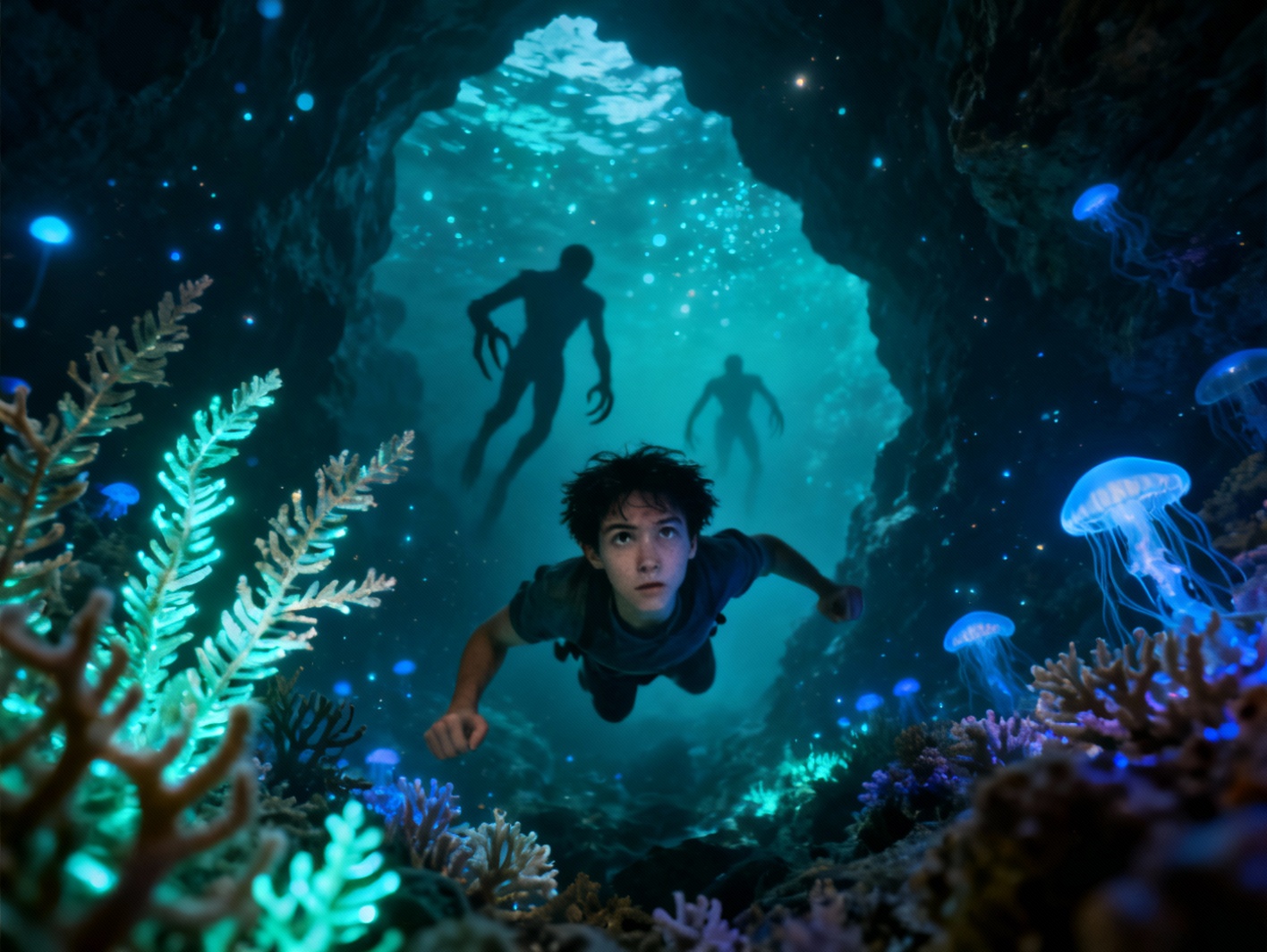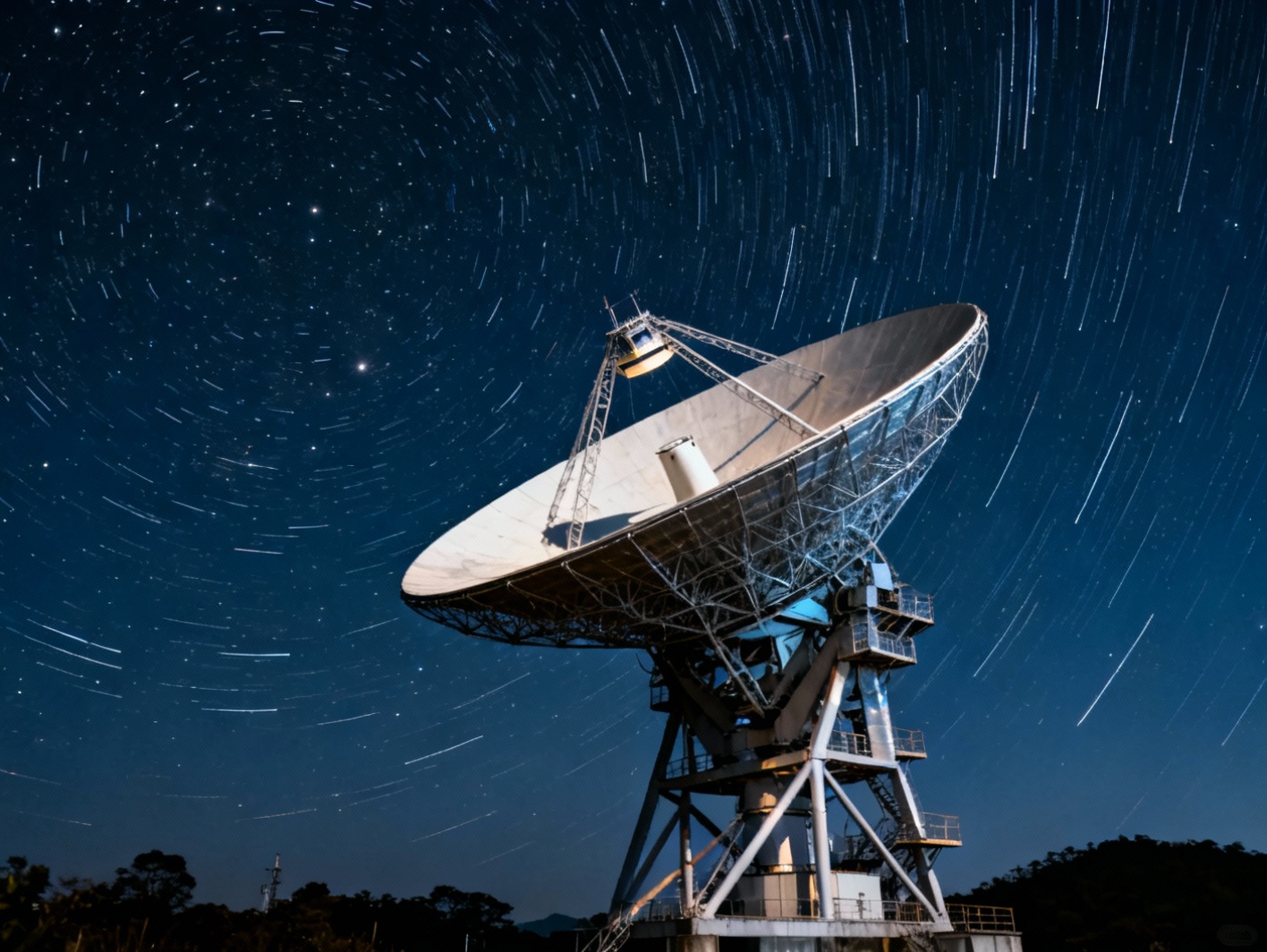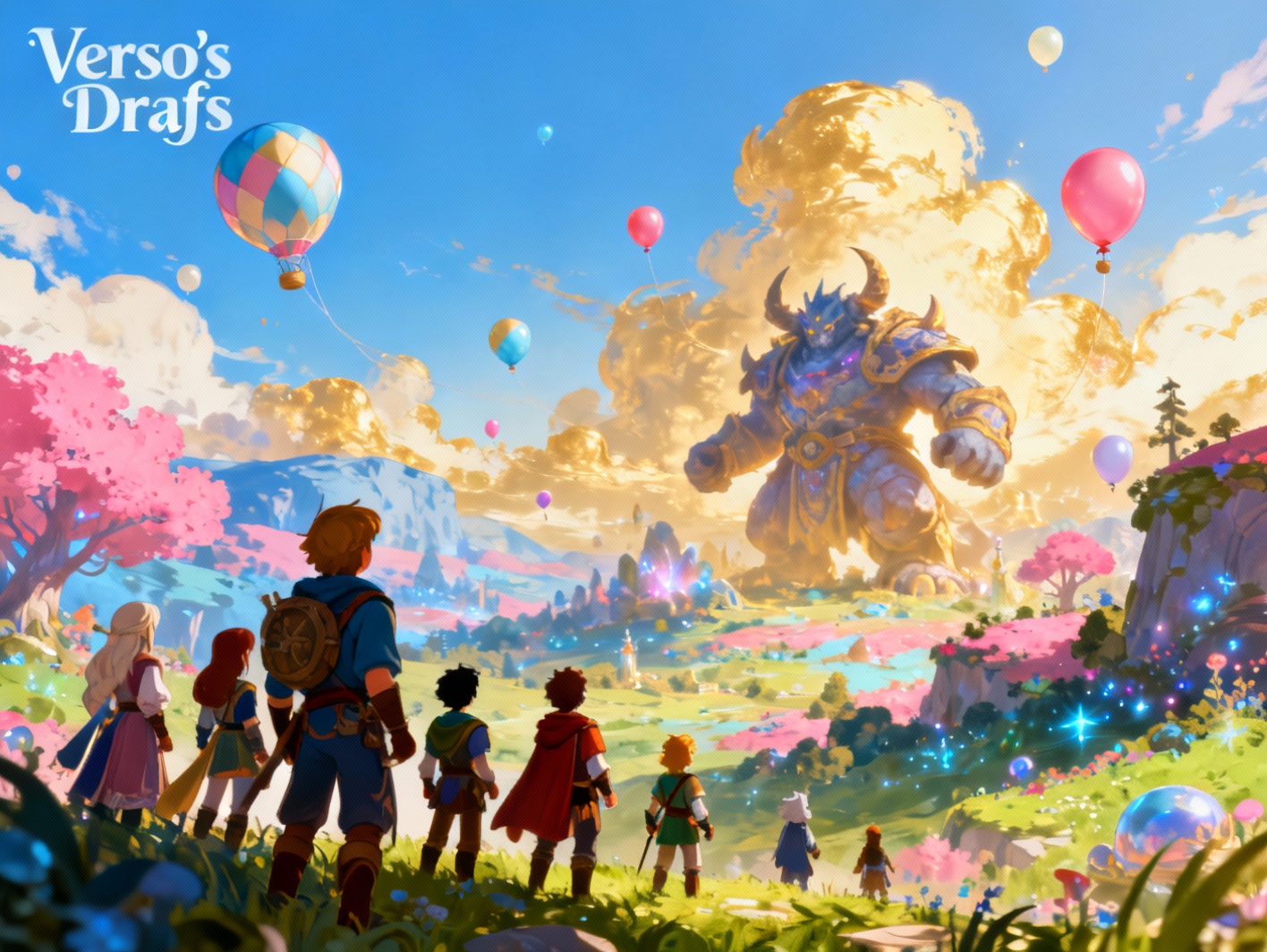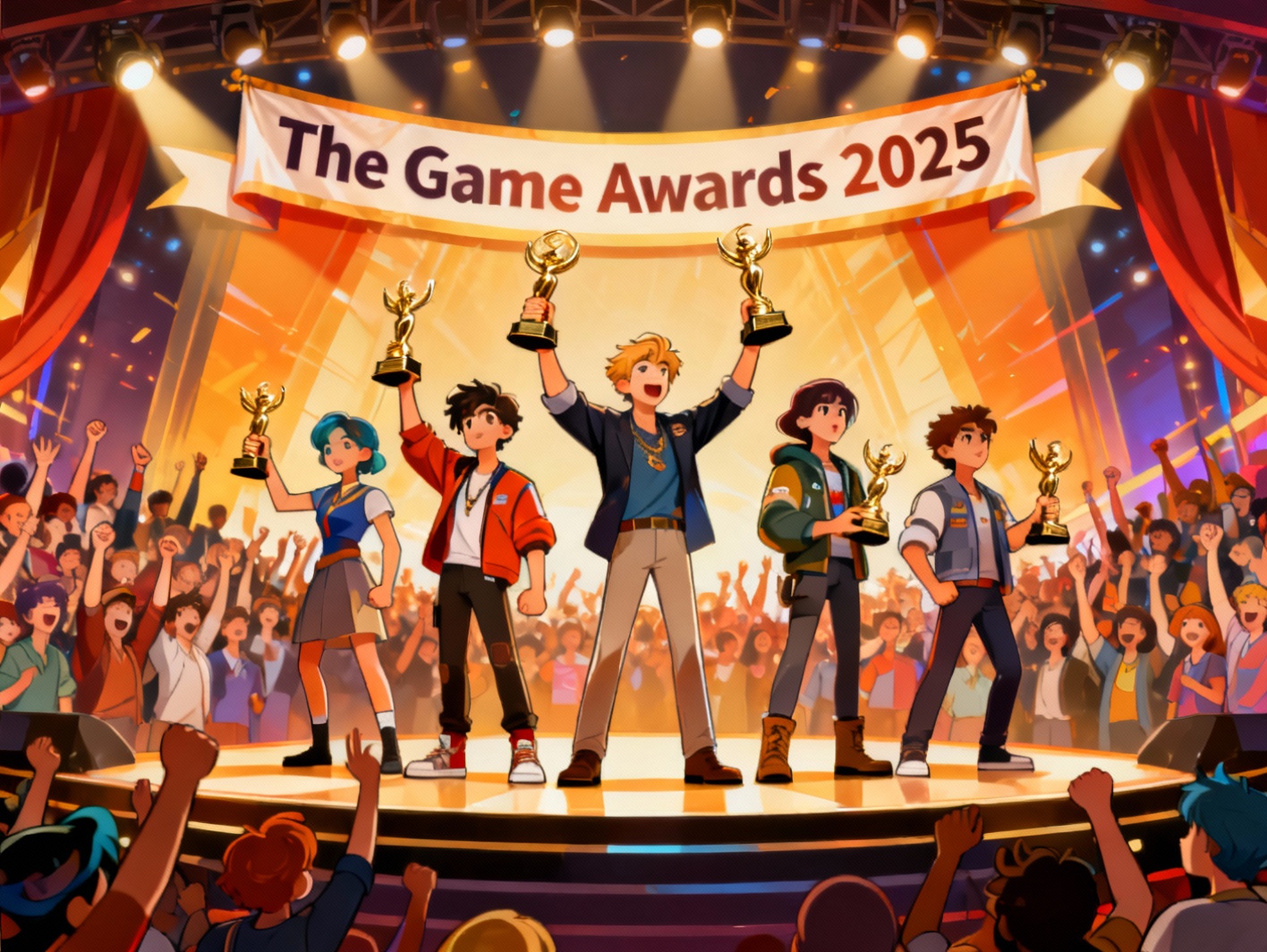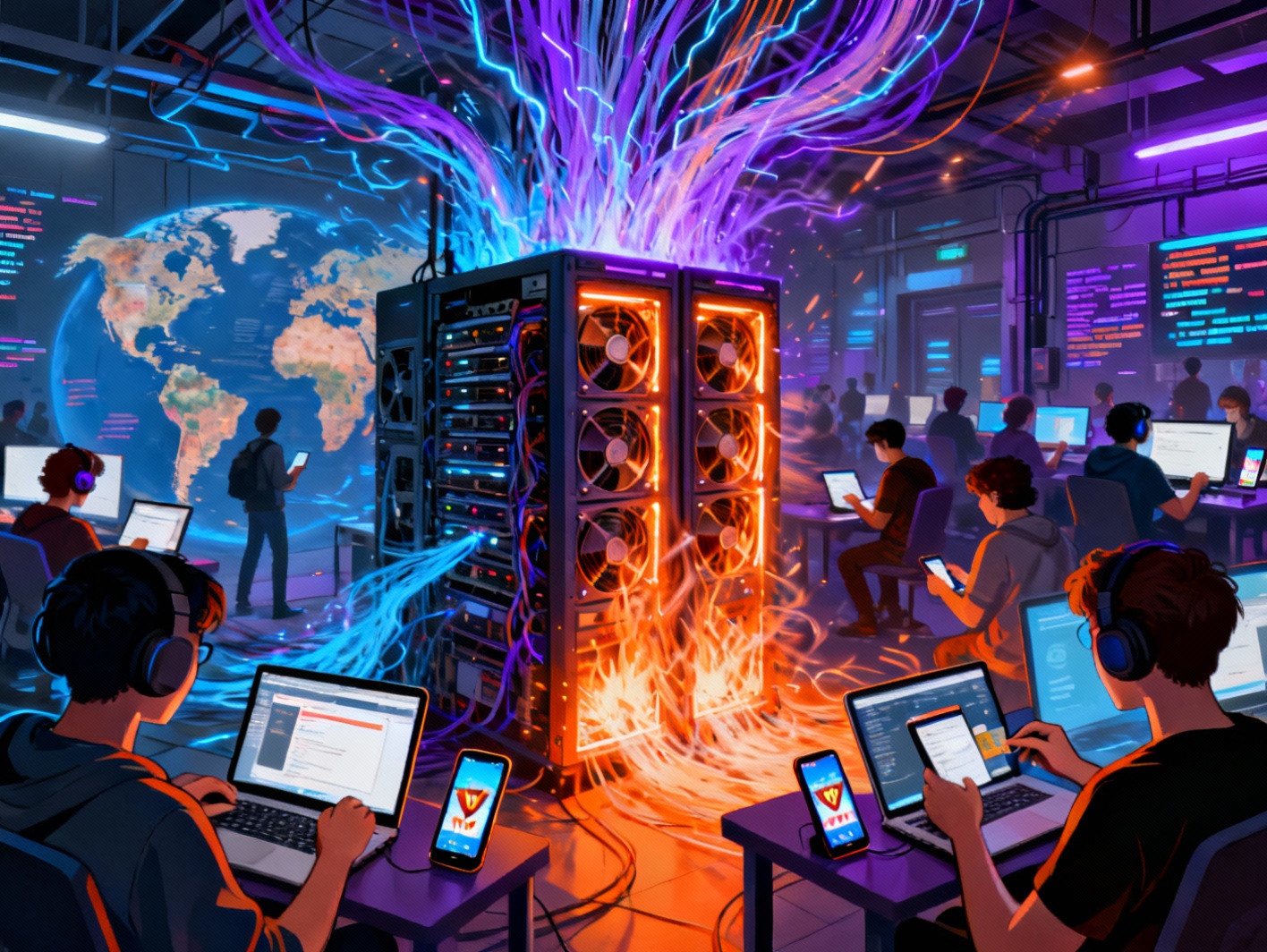Table of Contents
Generative AI is transforming how brands and marketers create, personalize, and deliver video content. As businesses strive to keep up with consumer demand for dynamic and visually engaging content, more advertisers are embracing generative AI to gain a creative and competitive edge. This technology is no longer a futuristic vision—it’s becoming a core component of video advertising strategies worldwide. Whether enhancing campaign efficiency or unlocking new creative directions, generative AI is playing a pivotal role in reshaping how content is conceptualized and executed. Through this article, we examine the driving forces behind its adoption, the benefits it unlocks, the hurdles it presents, and its evolving role in digital marketing frameworks.
The Rise of Generative AI in Video Advertising
The adoption of generative AI in video advertising is rising rapidly, reflecting a major shift in how creative processes are approached. According to recent industry data, nearly 86% of advertisers either use generative AI or plan to do so in the near future. This growth is fueled by increasing pressure on brands to produce diverse, eye-catching content faster than ever before, while operating within budget constraints.
Several factors are influencing this surge. Firstly, the accessibility of generative AI tools has improved dramatically, lowering the technological barrier for businesses of all sizes. Tools can now generate full video scenes, enhance visual effects, or even script and voice content, significantly reducing production time. Secondly, consumer expectations are evolving. Audiences now demand highly customized and engaging content across platforms like Instagram, TikTok, and YouTube, where algorithm-friendly, high-quality visuals are essential for visibility and engagement.
Generative AI also democratizes creativity. By removing the need for traditional filming infrastructure and large in-house teams, it opens doors for more stakeholders to contribute to content development. In essence, AI is not just a tool—it’s redefining the creative pipeline, enabling advertisers to innovate more dynamically than ever.
Benefits of Generative AI for Advertisers
Generative AI offers major advantages that are transforming advertising. One of the biggest benefits is cost-efficiency. Creating high-quality video content traditionally requires expensive equipment, on-location shoots, and large production crews. With generative AI, brands can streamline the process—entire campaigns can be built using AI-powered scripting, motion design, and voiceover generation.
Another powerful advantage is the boost in creativity. These tools allow advertisers to experiment with visual styles, narratives, and formats without the constraints of physical production. Marketers can create hundred variations of a single ad tailored for multiple audience segments, platforms, or languages—without incurring proportional costs.
This is particularly empowering for small and mid-sized brands. For example, an indie skincare company can now produce polished video ads with AI-generated models and personalized voiceovers, once only achievable by large corporations with vast budgets. These brands can iterate rapidly, test different creatives, and optimize on the fly, leveling the playing field with more established competitors.
With generative AI, innovation is not just an option—it’s becoming a necessity. Advertisers who embrace these tools are no longer limited by traditional constraints, allowing their ideas to flourish in ways previously unthinkable.
Challenges and Considerations in Implementing Generative AI
Despite its advantages, integrating generative AI into advertising workflows isn’t without challenges. One key concern is maintaining brand authenticity. AI-generated content can sometimes come across as generic or inconsistent with a brand’s tone, leading to disconnects with audiences. Ensuring all outputs remain true to brand identity requires careful oversight and human involvement.
Another challenge is the ethical use of AI, especially with synthetic voiceovers, human-like avatars, and deepfake technology. Advertisers must tread carefully to avoid misleading audiences or violating privacy norms. Transparency becomes critical—not just in content, but in the messaging around how such content is made.
Technical limitations add another layer of complexity. While AI has advanced rapidly, it still struggles with context, emotional nuance, and cultural sensitivity. Algorithms may generate visuals or messaging that unintentionally clash with audience expectations if not properly guided.
To overcome these issues, advertisers should implement clear review protocols and combine AI tools with experienced creative teams. Establishing brand guidelines tailored for AI-generated outputs can ensure consistency. Additionally, investing in training helps teams understand the potential and limitations of AI, enabling a balanced, responsible application that complements human creativity rather than replacing it.
Impact on Digital Marketing Strategies
The influence of generative AI goes beyond video creation; it is reshaping entire digital marketing strategies. One major impact is in personalization. AI-enabled video can dynamically adjust content based on demographic, behavioral, or psychographic data—creating tailored experiences for each viewer. This allows advertisers to deliver relevant messaging that increases engagement and conversion rates.
In terms of audience targeting, generative AI enables rapid A/B testing and content optimization. Ads can be adapted in real time based on how different segments respond, giving marketers powerful agility in campaign management. From different voice tones to image styles or CTAs, variations can be tested and deployed faster than ever before.
Additionally, customer experience is enhanced. Instead of the one-size-fits-all model, AI allows for modular storytelling, where the same campaign framework can evolve depending on user intent and behavior. This level of interactivity deepens brand-consumer relationships and fosters loyalty.
However, aligning AI-generated content with brand values is essential to avoid disjointed experiences. Marketers must ensure AI content fits within the wider strategy—whether it’s helping build brand equity, driving sales, or strengthening awareness. To maximize impact, AI should not operate in a silo but enhance integrated marketing efforts through cohesive, audience-centric narratives.
Future Outlook: Generative AI and the Evolution of Video Advertising
The future of generative AI in video advertising is steeped in potential. Emerging technologies such as multimodal AI models are on the horizon, enabling even more cohesive integration of text, image, and video inputs. These models will allow advertisers to generate entire interactive experiences with minimal manual input, setting a new standard in content fluidity and innovation.
We can also expect deeper integration with virtual and augmented reality, bringing immersive brand storytelling to the forefront. AI-generated 3D assets and virtual characters may soon power VR campaigns, creating personalized, context-aware marketing environments unlike anything seen before.
To stay competitive, advertisers must adopt a mindset of continuous learning. As the technology evolves, so do the skills needed to harness it effectively. Creative teams should regularly upskill in prompt engineering, AI literacy, and ethical use cases. Building internal frameworks for experimentation will also allow marketers to test innovations quickly and responsibly.
Moreover, collaboration between human creatives and AI will become essential. The most successful campaigns will likely come from teams that understand how to co-create with AI—feeding it direction, filtering its outputs, and creatively layering human insight into the final product. The future isn’t just automated; it’s augmented by intelligent partnership between humans and machines.
Conclusions
Generative AI is carving a new path for video advertising, delivering capabilities once out of reach for many marketers. It offers more than just speed and efficiency—it provides room for creativity to bloom in new and exciting directions. As this technology continues to mature, it will empower brands to not only produce at scale, but also to connect more meaningfully with their audiences.
However, success hinges on thoughtful integration. Ethical considerations, brand consistency, and strategic alignment must guide every AI-driven campaign. Advertisers who embrace this balance—leveraging automation while preserving human insight—will be best placed to lead in an increasingly dynamic digital landscape.
